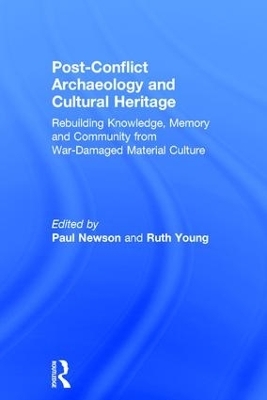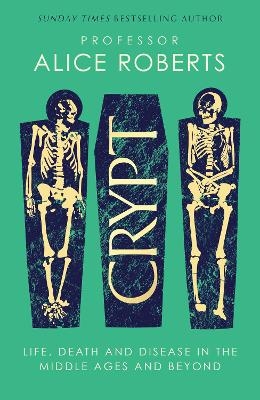
Post-Conflict Archaeology and Cultural Heritage
Routledge (Verlag)
978-1-138-20292-4 (ISBN)
Post-Conflict Archaeology and Cultural Heritage draws together a series of papers from archaeological and heritage professionals seeking positive, pragmatic and practical ways to deal with conflict-damaged sites. For instance, by showing that conflict-damaged cultural heritage and archaeological sites are a valuable resource rather than an inevitable casualty of war, and suggesting that archaeologists use their skills and knowledge to bring communities together, giving them ownership of, and identification with, their cultural heritage.
The book is a mixture of the discussion of problems, suggested planning solutions and case studies for both archaeologists and heritage managers. It will be of interest to heritage professionals, archaeologists and anyone working with post-conflict communities, as well as anthropology, archaeology, and heritage academics and their students at a range of levels.
Paul Newson is Associate Professor in Archaeology at the American University of Beirut, Lebanon. He is interested in landscape archaeology and the rural environments of the Graeco-Roman world, particularly the Eastern Mediterranean. He has directed fieldwork in Syria, Libya and Lebanon. Ruth Young is Reader in Archaeology at the University of Leicester, UK. She is interested in the historical archaeology of the Middle East and South Asia and has directed excavations and fieldwork in Iran, Lebanon, Oman, Pakistan and Sri Lanka. Her recent publications include The Archaeology of South Asia (2015).
List of Contributors; Section 1: Introduction; Chapter 1. Conflict: People, Heritage and Archaeology; Section 2: Legal Frameworks; Chapter 2. Cultural Heritage Destruction in the Middle East: UNESCO’s Work to Mitigate Damage and Plan for Recovery; Chapter 3. The Need for Pre-Conflict Planning for Cultural Property Protection in the Event of Armed Conflict; Section 3: Strategies – Post-Conflict; Chapter 4. Post Conflict Heritage and Recovery: A Role for the Military; Chapter 5. Conflict, Memory and Material Culture: the Archaeology of the Contestado War in Brazil (1912-1916); Chapter 6. The Importance of Cultural Heritage in Enhancing a Syrian National Identity and the role of local non-state actors in preserving it; Chapter 7. Reconstructing Post-Conflict Heritage in Rwanda; Section 4: Methodologies of Recording; Chapter 8. Endangered Archaeology in the Middle East and North Africa (EAMENA): approach and possible solutions; Chapter 9. A Post-conflict scenario in the Caucasus region: a documentation drive to assess monumental heritage in Nagorno-Karabakh; Chapter 10. Maximising information from conflict-damaged sites: a case study from Lebanon; Section 5: Community Building; Chapter 11. In the aftermath of violence: heritage and conflict transformation in Northern Ireland; Chapter 12. After Angkor: an Archaeological Perspective on Heritage and Capacity-Building in Cambodia; Chapter 13. Archaeology from below in Swat, Pakistan. Heritage and social mobilization in a post-conflict reality; Section 6: Contingent Solutions – The Archaeologist’s Role; Chapter 14. Archaeology in Post-War El Salvador; Chapter 15. Mes Aynak (Afghanistan), Global Standards and Local Practices; Index
| Erscheinungsdatum | 16.11.2017 |
|---|---|
| Zusatzinfo | 1 Tables, black and white; 12 Line drawings, black and white; 56 Halftones, black and white |
| Verlagsort | London |
| Sprache | englisch |
| Maße | 156 x 234 mm |
| Gewicht | 720 g |
| Themenwelt | Geisteswissenschaften ► Archäologie |
| ISBN-10 | 1-138-20292-4 / 1138202924 |
| ISBN-13 | 978-1-138-20292-4 / 9781138202924 |
| Zustand | Neuware |
| Haben Sie eine Frage zum Produkt? |
aus dem Bereich


